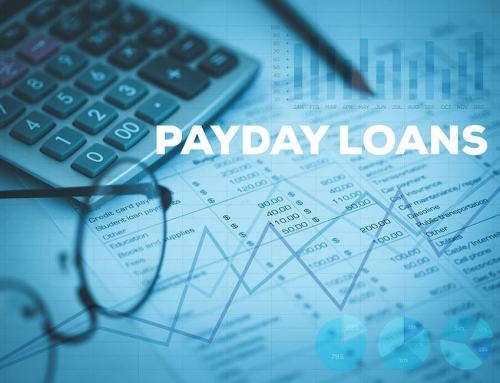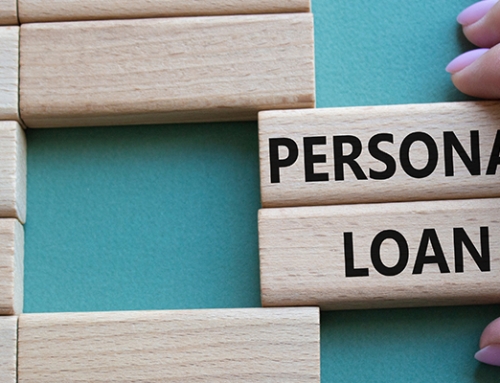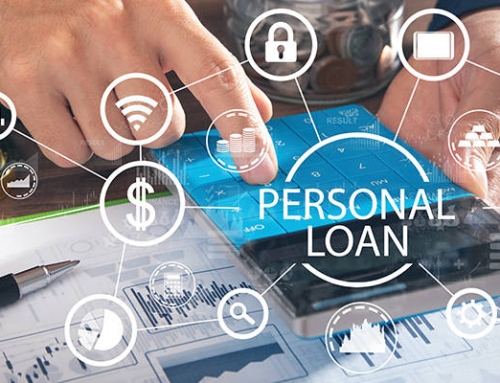In Singapore, big expenses like home renovations, medical bills, and education costs are pretty common and can really add up! When these situations arise, people often have to decide whether to dip into their savings or take out a personal loan. It’s important to know when to use savings and when to consider a personal loan, as this can really help with your financial planning. While using savings might feel like a safer bet, it can leave you a bit strapped for cash in case of emergencies. On the other hand, a personal loan can give you quick access to funds, but remember, it comes with interest and the need for repayment. Making the right choice can help you stay on top of your finances and keep everything running smoothly!
Using Savings for Big Expenses
When it comes to handling big expenses, many folks like to dip into their savings rather than take out a personal loan. This can be a smart choice, but it really depends on your financial situation.
- Pros: Using your savings means you won’t have to worry about interest or monthly payments, which is a nice relief!
- Cons: However, it can leave you with less cushion for emergencies, and you might miss out on potential investment growth.
- Best Time to Use It: Tapping into your savings is a great idea for planned expenses, especially when you still have some extra funds left over. It’s a way to dodge the long-term costs that come with personal loans. Just be sure it won’t compromise your financial security—if it does, a personal loan might be the safer route to take.
Personal Loans: An Overview
A personal loan in Singapore is a handy way to borrow money from a bank or a licensed lender for those bigger purchases or unexpected expenses that pop up in life. These loans are unsecured, meaning you don’t need to put down any collateral, and they come with fixed interest rates and monthly payments. You can usually borrow anywhere from S$1,000 to S$200,000, depending on your needs.
People often use personal loans for things like home renovations, medical bills, or school fees, making it a great option to manage those important expenses without added stress. Plus, the interest rates are generally lower than what you’d find with credit cards—typically between 2.5% and 10% per year—which can really help you save money in the long run.
Comparing Personal Loans with Other Financial Tools
Before you decide to borrow money, it’s a good idea to compare personal loans with other financial options to find what suits you best. Each one has its own perks and downsides.
- Lines of Credit: These are perfect for those times when you have ongoing or unexpected expenses. You can borrow as you need, and the cool part is that you only pay interest on what you actually use.
- Balance Transfers: If you have credit card debt, moving it to a card with a lower interest rate can be a lifesaver. It’s great for managing short-term debt, but keep in mind it doesn’t have the fixed structure that personal loans offer.
- Credit Cards: They’re super convenient and might even come with rewards. Just remember, if you don’t pay them off quickly, the interest rates can get pretty high.
How Personal Loans Complement Savings and Other Plans
A personal loan can be a great way to support your savings and financial plans. It gives you the flexibility to handle larger expenses without dipping into your emergency funds or tapping into your investments.
By using a personal loan for those big costs, you can keep your savings intact and let your money continue to grow. Plus, if you have multiple debts, consolidating them with a personal loan can often lower your overall interest and make repayments much simpler.
You get to pick loan amounts and terms that fit your budget so that you can stay on top of your finances. When used thoughtfully, a personal loan can really help you reach your financial goals while keeping your budget stable and secure.
Deciding When to Use Savings vs. a Personal Loan
Sometimes, it can be helpful to decide between using your savings or taking out a personal loan. The choice can depend on your unique financial situation, how urgent the expense is, and what fits best with your long-term goals.
Here are some important things to consider: Think about how quickly you need the funds, how much money you actually need, the current interest rates, your monthly cash flow, and what you hope to achieve in the future. A personal loan can be a great option if you want to keep your savings safe or prefer to break up payments over time.
For example, if you’re hit with an unexpected medical bill, dipping into your savings might be the quickest and most cost-effective route. On the other hand, if you’re planning a home upgrade, a personal loan could be a smart choice, allowing you to keep your emergency fund intact.
Understanding when to tap into your savings versus taking a personal loan helps you master your finances. The best choice really depends on your situation. Just remember, a well-timed personal loan can support your dreams without putting a dent in your savings.
Practical Tips for Singaporeans
Using a personal loan wisely starts with a good understanding of your financial habits and setting clear priorities. With a little thoughtful planning, you can avoid unnecessary debt and make choices that align with your long-term goals.
- Get to Know Your Spending and Emergencies Before You Borrow: Before applying for a personal loan, take some time to reflect on how you spend your money and what unexpected expenses might pop up. This awareness can help you make smarter decisions about when to borrow.
- Shop Around for the Best Loan Offers: Don’t forget to compare loan offers from different banks or lenders. Hunting for the best rates and terms can really pay off and save you money down the road.
- Use Loans for What You Truly Need, Not Just What You Want: Personal loans are best used for essential expenses, like education or medical bills. Try to steer clear of using them for shopping sprees or entertainment.
- Keep a Little Savings on Hand, Even If You’re Borrowing: It’s always a good idea to maintain a savings buffer, even when you take out a personal loan. Having some money saved can come in handy if something unexpected happens.
By making careful choices before taking out a personal loan, you can avoid issues and gain more control over your finances. Think ahead, ask questions, and always have a clear purpose for borrowing.
Conclusion
When it comes to managing those bigger expenses, it’s helpful to dip into your emergency savings and consider a personal loan for those larger, urgent costs that pop up. The best option really depends on how much you need, how fast you need it, and how comfortable you are with paying it back. It’s always a great idea to explore your borrowing choices and maybe chat with a friendly financial expert to help you make the best decisions. With the right information and a solid plan, a personal loan can be a useful tool instead of something to worry about. Remember, being curious and asking questions is the key to making smart financial choices! And with Hup Hoe Credit, we’re here to guide you through every step.






